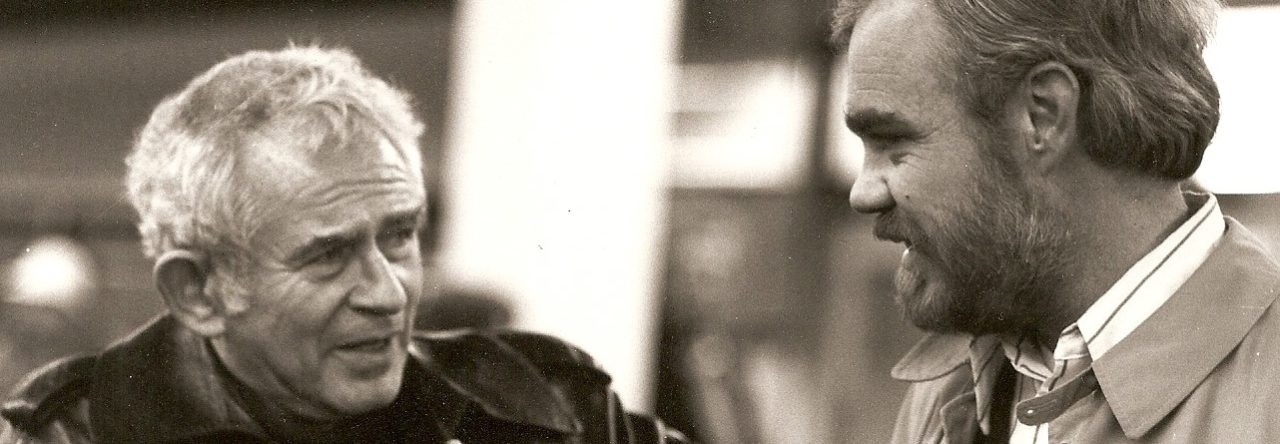The Homeric parallels with the first chapter of Joyce’s novel are clear, but inexact: a dispossessed son, living with usurpers, readies himself to seek his unknown father and then drive them out. He is unsure of his ability to oppose these usurpers, who mock and condescend to him, but during the course of the episode, he gains in confidence and begins to see the path he must follow. The chapter’s key themes are the power and control exercised by family, church and state, and the resulting resistance, denial, dispossession and, ultimately, exile. “Telemachus” is thick with allusions that manifest these themes, not only to The Odyssey, but also a variety of literary texts, Catholic Church rites and history and Stephen’s own family history. Telemachus is, of course, Stephen Dedalus; Antinous is Mulligan; and the old milk woman is Mentor, an old friend of Ulysses’. But here the obvious parallels cease. Dedalus has not lost his father; Simon Dedalus is very much alive and present; rather, he has lost his mother to cancer a few months earlier. Except for her nationality, residence and gender, Mrs. Dedalus has little in common with the novel’s Penelope, Marion “Molly” Bloom, wife of Leopold, the novel’s wandering Ulysses. He will become the spiritual father that Stephen seeks, but there is no mention of him in the first chapter. The other important character of chapter one, Haines, has no specific parallel in Homer, unless we consider him to be one of the many usurpers in the home of Ulysses in Ithaca.
Read more on Medium:
